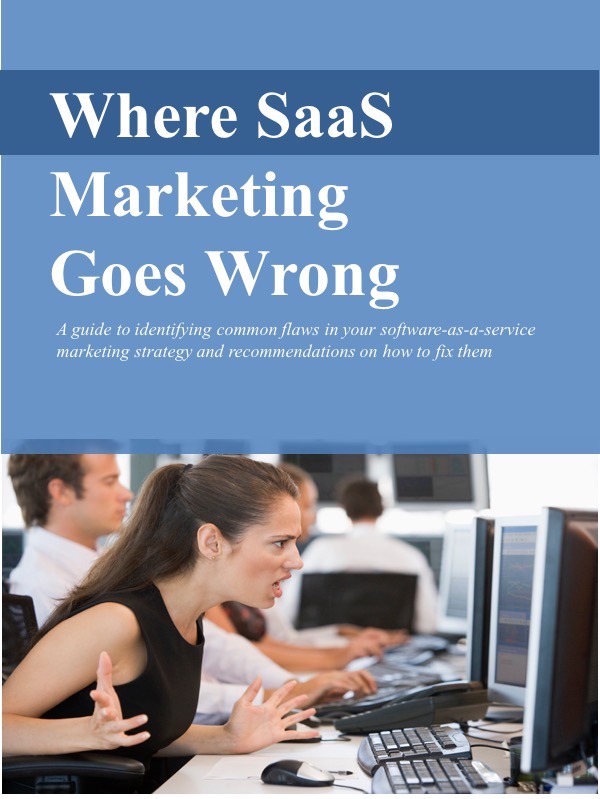Your prospect has a day job
/Just because you may be spending all your time to market and sell your solution, doesn’t mean your prospect is spending all their time evaluating it.
These prospects have other things do to. In most cases, the person looking at your software-as-a-service (SaaS) solution isn’t assigned full time to evaluate and buy new software for the business.
Instead, they’re accountants working in Finance, recruiters working in HR, or sales managers trying to hit their quota. Or if you sell into a particular vertical market, they might be property managers dealing with tenants, consultants working with clients, or dentists treating patients.
Evaluation is an on-again, off-again process
Rarely do they have days or weeks to pore over every feature and function. And their research is often interrupted, so they can only focus intermittently. One minute they’re carefully considering your solution, and the next minute there’s something more pressing that’s grabbed their attention.
Even when they sign up for a free trial, most prospects will only spend a couple of hours actually trying out the product.
It’s not that they don’t care. They know the solution may be critical to their business and that making a bad choice will be painful. The problem is that they simply don’t have a lot of uninterrupted time to do a thorough evaluation and make a purchase.
With so little time, in fact, they often end up doing nothing. When I talk to “lost prospects,” many of them aren’t really “lost” at all. They’re just “on hold” and haven’t made any decision at all yet.
I’ve learned a few lessons on how marketers can reach busy prospects like these.
Stay in front of prospects over a long period
Because your prospects can only focus on your solution in a bit of time here and a bit of time there – and you’re not really sure when exactly when that bit of time will be – you need to stay in front of them over a long period. When they’re ready to refocus on finding a solution, you want to be top-of-mind.
By the way, when I talk about staying in front of your prospects, I’m not saying deluge them with spam. Educational material on best practices or industry trends will usually make a better impression than a stream of promotions. And of course, offer an easy way to opt out. (See “Content: More isn’t always better.“)
Provide a clear path for them to take the next step
In your communications, make it easy for the prospect to signal that they’re ready to take the next step. Provide a form, put up a “Chat Now” box, or post a toll-free phone number. Lead scoring and other techniques can help you know when prospects are ready, but sometimes they’ll just tell you themselves.
Do it cost-effectively
To make this “stay in front of them for a long time” approach work, you need to keep your costs under control. SaaS companies need to pay close attention to the cost of acquiring customers. Staying in contact via email, newsletters, and webinars might be more cost-effective than other means. Save the more expensive outbound calls for prospects who have already signaled that they’re ready to talk directly with someone.
Be ready when they’re ready
When prospects do signal that they’re ready to talk about a purchase, make sure you’re ready too. Someone should be available to quickly answer the email, pick up the phone, or respond to the “Tell me more” form. The window of opportunity is open for only a short while. (See “SaaS buyers are quick to buy.“) If you drop the ball here and ignore prospects that are eager for attention, that’s frustrating for them and a lost sales opportunity for you.
Selling solutions to busy people is a challenge, and for most SaaS solutions, you’re always selling to busy people. I’ve found, in fact, that when a prospect does have lots of time on their hands, they’re usually not very a good prospect.
